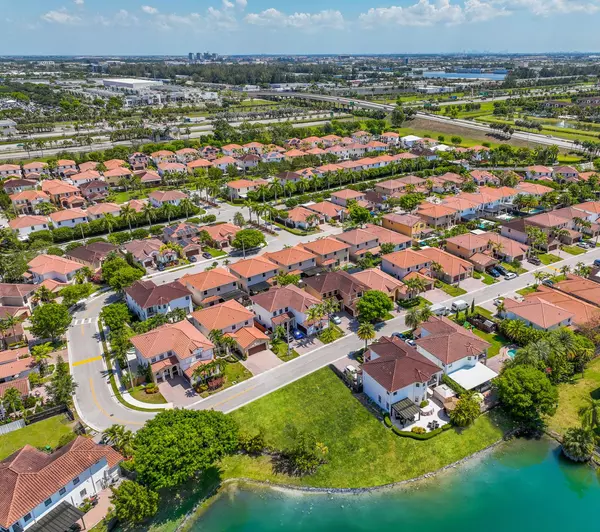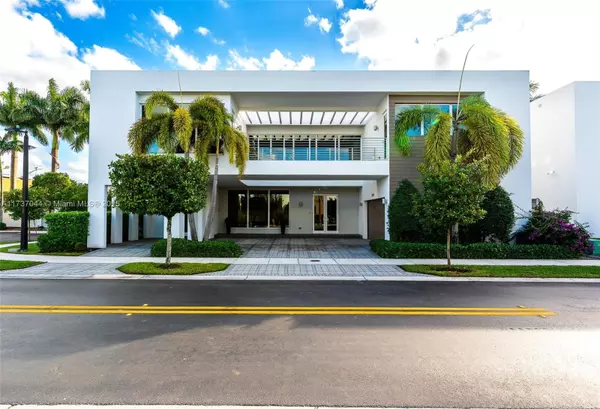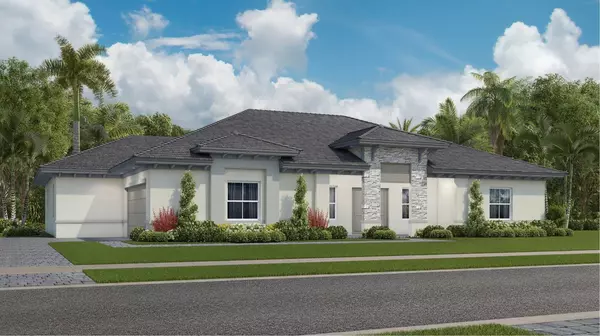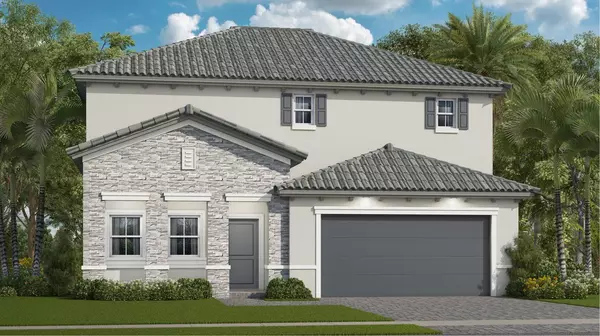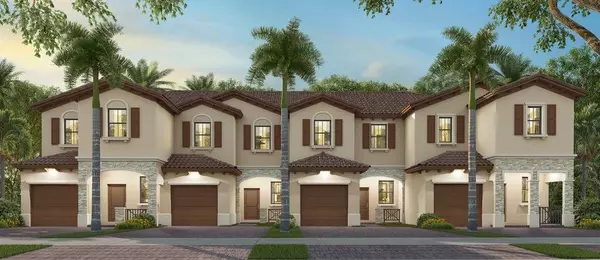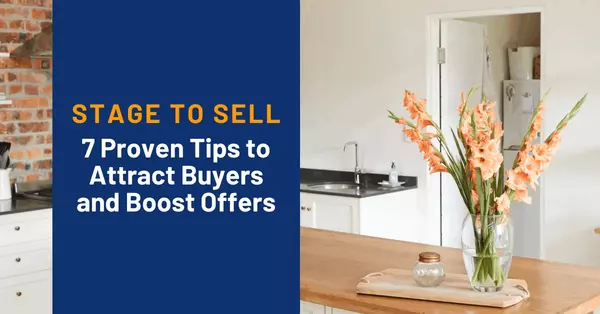
Get The Active Marketing Plan Today!
Find Your Perfect Florida Home in our Listings
Your Doral Dream Home Starts Here
- 5 Beds6 Baths3,737 SqFt1/49 49Active
$3,495,000
- 5 Beds6 Baths3,638 SqFt1/98 98Active
$2,800,000
- 5 Beds6 Baths4,628 SqFt1/42 42Active
$2,495,000
- 5 Beds5 Baths3,537 SqFt1/64 64Active
$2,450,000
- 4 Beds5 Baths3,294 SqFt1/55 55Active
$2,448,000
- 5 Beds5 Baths3,577 SqFt3DActive
$2,250,000
- 6 Beds7 Baths4,874 SqFt1/36 36Active
$2,200,000
- 4 Beds4 Baths3,996 SqFt1/89 89Active
$2,199,000
- 5 Beds5 Baths3,537 SqFt1/32 32Active
$2,050,000
Exclusive Developments in Florida
Featured Stories
Mortgage Calculator
Use our home loan calculator to estimate your total mortgage payment, including taxes and insurance. Simply enter the price of the home, your down payment, and details about the home loan, to calculate your mortgage payment, schedule, and more.
You can afford a home up to: $0
Your debt-to-income ratio is 36%
Quite affordable.
View Affordable PropertiesQuite affordable.
Payment Breakdown:
$0 Month
Get more info from a local expert!
Profile Summary
Experienced Real Estate Professional with extensive expertise in the Florida market. Specializing in guiding first-time buyers, relocating families, sellers, and investors seeking profitable opportunities. Having lived in diverse locations, I settled in Florida over 20 years ago, witnessing the transformation and growth in areas like Miami, Orlando, and Tampa.
My background in sales, marketing, and digital marketing enhances my ability to provide personalized services tailored to clients' specific goals. Committed to delivering top-notch assistance and building lasting relationships, I offer strategic insights, innovative approaches, and expert negotiation skills to ensure successful transactions. Passionate about clients' success, I pride myself on delivering exceptional support and satisfaction. Whether buying, selling, or investing, I am here to turn real estate aspirations into reality. Schedule a consultation today and let's embark on this exciting journey together!
Areas Of Expertise

Buyer Services
We're here to help you find the home of your dreams. With a team of experts guiding you every step of the way, our extensive knowledge and experience will ensure you have the best home buying experience possible.

Seller Services
We take the stress out of selling your home by providing a seamless experience from start to finish. Our team will put you in the best position to market your home and sell it for the highest possible price.
GET MORE INFORMATION



